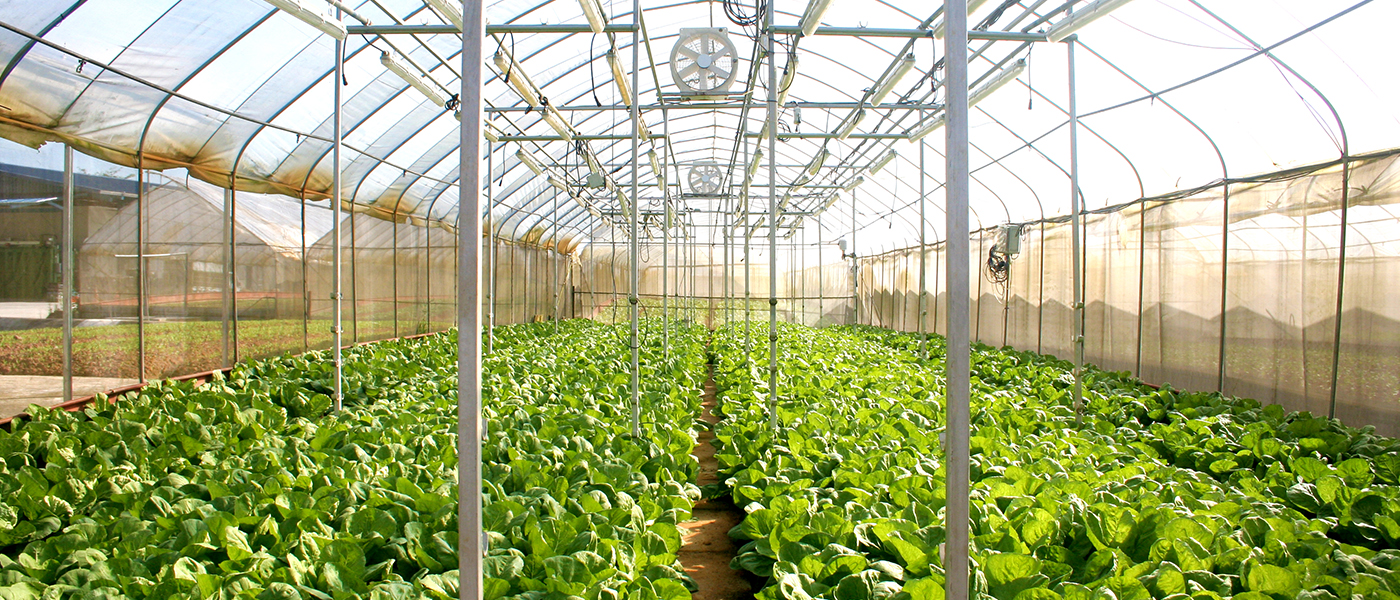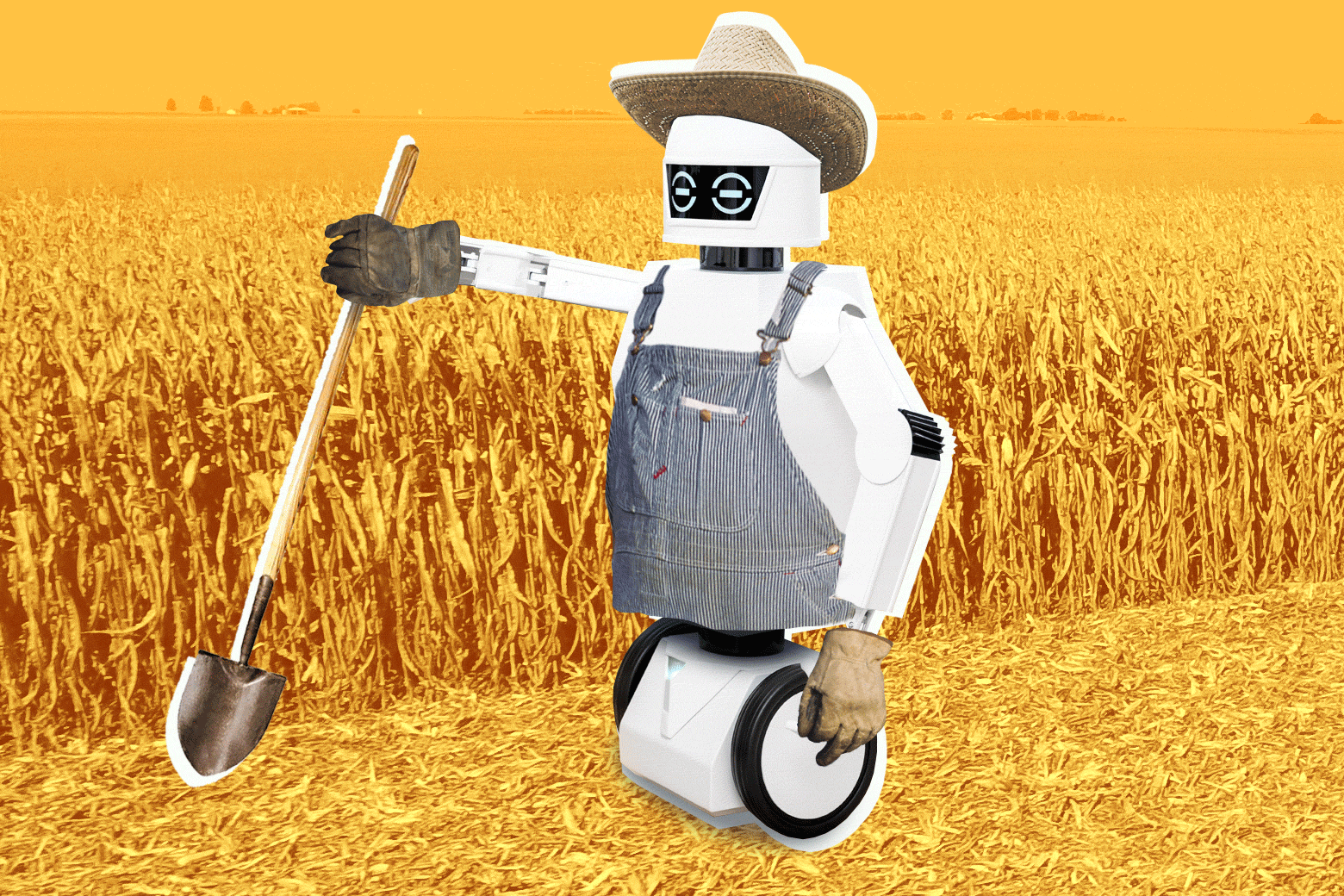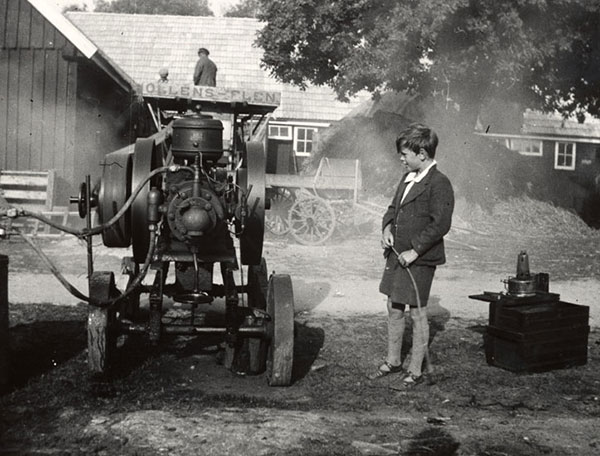

For example, a low-power accelerometer makes it simple to monitor the status of an adjustable spray nozzle on the end of a fertilization beam. Although not commonly associated with farming and other agriculture, accelerometers play a valuable role in the maintenance of vital smart agriculture equipment.Īccelerometers are also used in a variety of automated systems and tracking methods. Primarily used on moving components and motors, accelerometers detect slight variations in movement and vibration inconsistencies and predict when standard maintenance is required or a compromised component needs replacement.

Similar to the use of temperature sensors in predictive maintenance, accelerometers are widely utilized across the smart agriculture industry to predict and assist with required maintenance.

They're used in nearly every predictive and reactive maintenance system to protect against overheating and detrimental failure. Temperature sensors send out alerts whenever an equipment system requires minor maintenance, is underperforming, or is critically failing. In addition to monitoring the plants that are harvested, temperature sensors observe the equipment that gathers these plants. Temperature sensors not only play a significant role in monitoring the ambient conditions of physical space, but they play an essential role in nearly all smart agriculture asset monitoring applications.Īsset monitoring is another application in smart agriculture in which temperature sensing plays a critical role. Highly accurate temperature and humidity sensors and precise predictive temperature forecasts are imperative to the ice wine industry. Ice wine harvesting, for example, is known to occur within the narrow temperature window when ambient temperatures first reach between -10☌ and -12☌ during a harvesting season. Temperature Sensors are crucial in two key categories of smart agriculture - ambient condition monitoring and mechanical asset monitoring. In many farming applications, such as tilling a field, the use of auto-guided systems can optimize field routing, reduce process overlap and ultimately reduce the amount of time required to complete a task. On the mechanical side of agriculture, plant harvesting and related farming techniques have recently adopted GPS technology in highly precise vehicle guidance systems. Modern GPS tracking of livestock has heightened the ability to monitor animals with a simple push of a button. From ancient settlers herding sheep with wooden staffs to the cattle drives of the Old West, keeping track of their flocks has always been of utmost importance to farmers. Typically associated with the automotive and cellular communication industries, GPS sensors are also advantageous to smart agriculture. These sensors help smart agriculture monitor daily, weekly, monthly and annual fluctuations in soil pH and nutrient levels to continue to educate the agricultural industry. Using pH sensors provides critical feedback regarding soil nutrient deficiencies or the presence of unwanted chemicals. In optimizing a plant's growth potential and yielding highly productive harvests, it's imperative to have a deep and quantitative understanding of the soil conditions from which agricultural products come.

The availability of nutrients is as essential to plant growth as it is to animals and livings organisms.


 0 kommentar(er)
0 kommentar(er)
